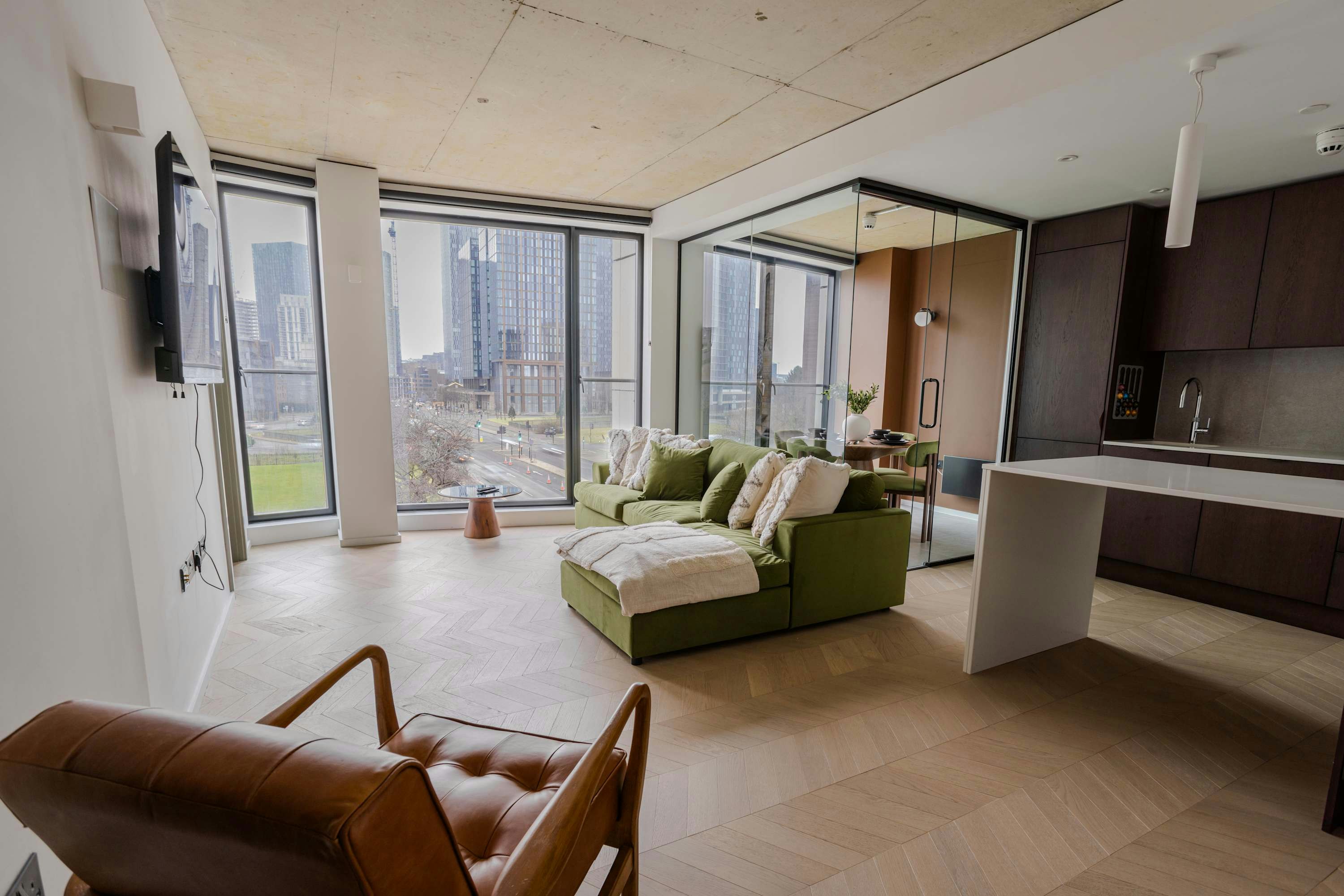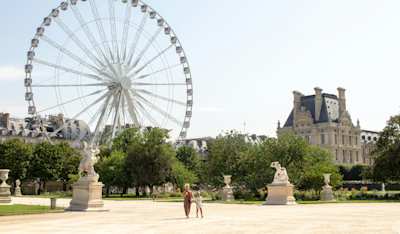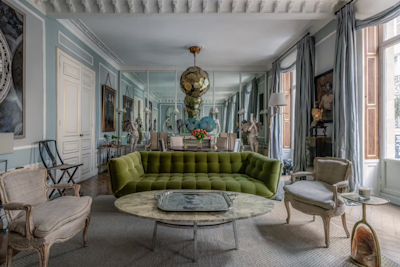Paris' Famous Landmarks: The Stunning Cemeteries
Are you looking for something unique to do in Paris? Far from a morbid experience, a trip into one of the famous cemeteries is a chancee to
~
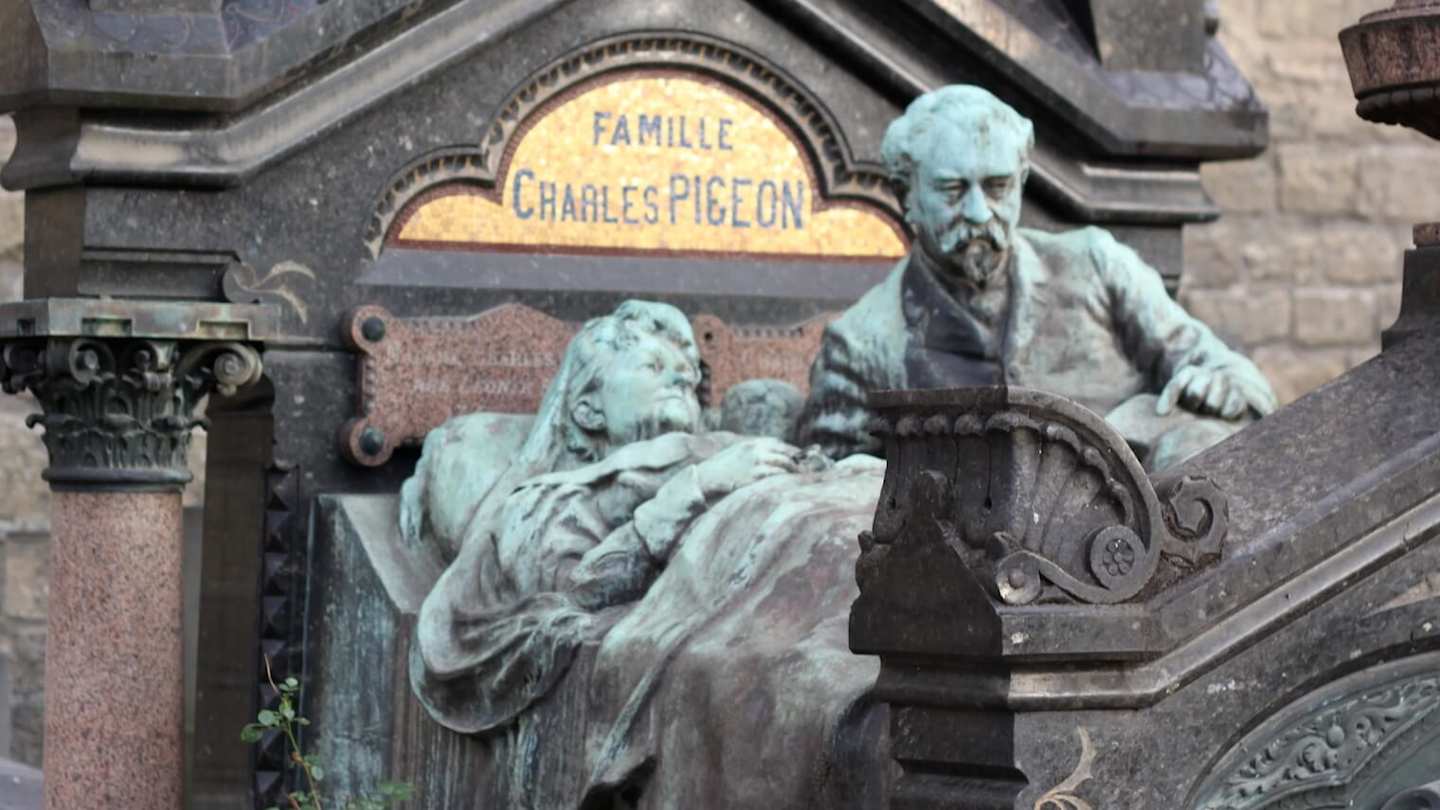
For all its old world charm, romance, and effervescent culture, Paris is also a city rich in historical landmarks. The City of Light has long been famous for its grand and beautiful cemeteries, and visitors from all over the world have sought out these peaceful destinations.
The experience of visiting a Paris cemetery is one that can offer beauty, education, meditative quiet, and a deep sense of connection to human history. France's role in world history has been profound, and its capital city has become the resting place for many famous people for centuries.
In addition to visiting Paris cemeteries for a glimpse into history and culture, people also enjoy the dazzling visual experience, combining sculpture, architecture, natural and designed landscapes and stunning gardens.
Our list includes some the most famous Parisian cemeteries to help you have a uniquely memorable experience. You may find traveling via the Metro in Paris to be the easiest way to get around, and the Paris by Train website will help you plan your route and get to your destination.
Some of these cemeteries are vast and you may find you want to spend a few hours there, walking and looking. You might consider bringing some beverages and snacks for a small picnic (of course observe the rules of the grounds, and never litter!), but most of these locales have cafes nearby!
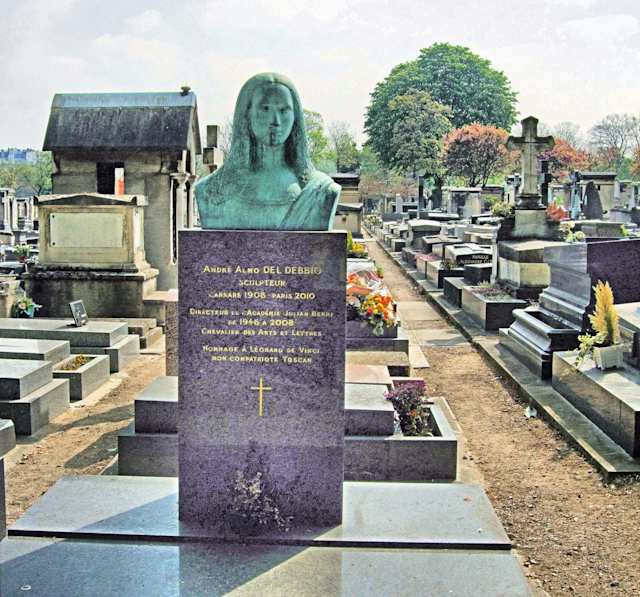
MONTPARNASSE
MONTPARNASSE: RESTING PLACE OF LITERARY LUMINARIES
In the sprawling grounds of the Cimetière du Montparnasse, built on old farmland in 1824, one can find the graves of many famous writers, artists, filmmakers, and other celebrities, including Charles Baudelaire, Guy de Maupassant, Jean Paul Sartre and Simone de Beauvoir (who died in 1930 and 1936, respectively, and are interred together), Tristan Tzara, Man Ray, Samuel Beckett, Serge Gainsbourg, Susan Sontag, Marguerite Duras, Jacques Demy, and many others.
It has long been a custom for visitors to lay flowers or other mementoes at the graves of their heroes, and makeshift memorial altars can often be found at any given time, sometimes reflecting an unusual tribute to the person buried there. For example, the writer Marguerite Duras' site has a planter pot filled with colorful pens.
Montparnasse Cemetery was created to replace the enormous Cimetière des Innocents which once held six million bodies, but had become a health hazard due to overcrowding. Improper or hasty burial practices led to corpses being only partially buried or becoming unearthed over time, creating a breeding ground for infectious disease. There was an urgent need to address the problem by creating a new burial ground, and Père Lachaise and Montmartre cemeteries were also established to replace this lost landmark.
THE CATACOMBS: A MAZE OF BONES, UNDERGROUND
The corpses interred in the Cimetière des Innocents were relocated to the Catacombes de Paris, an underground tomb that is famous for its open display of human skulls which are laid into the walls with mortar and stone.
Atlas Obscura offers a fascinating and rather chilling account of the Catacombs' history and legacy. In 2009, it was found that skulls and bones had been stolen from the Catacombs, and the site was closed to remodel its security system. There is also now a bag check as visitors leave to make sure they have not tried to remove any artefacts.
The Catacombs have somewhat restricted hours of access, and due to being a confined underground space, limits the number of visitors at any given time to 200. The Catacombs has a helpful website that offers more details on how to plan a visit and take the 45 minute tour, and the site's rules and recommendations. Animals are not allowed, nor are children under 14, and there are other restrictions. The Catacombs cautions people with various health conditions from taking the tour, as the air quality underground can be dangerous for those with respiratory issues.
PÈRE LACHAISE: VAST, GREEN AND PEACEFUL
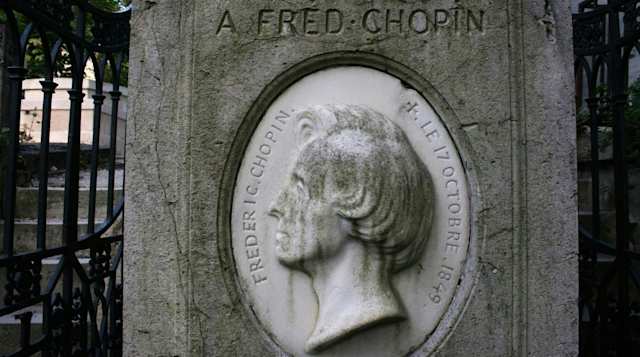
PÈRE LACHAISE
At 110 acres, Père Lachaise is the largest cemetery in Paris. It has the distinction of being the city's first garden cemetery, as well as its first municipal cemetery, and was established in 1804, one generation before Montparnasse. Over one million people are interred there, and the cemetery has over 5000 trees, making it a verdant oasis in a city that values its green space. It is fairly easy to get to on the Metro, near the Philippe Auguste (Line 2) or Père Lachaise (Line 2 or 3) stations.
This is not only the most visited cemetery in Paris, but the most visited cemetery in the world, with 3.5 million visitors each year. The cemetery contains many large tombs and mausoleums as a way of conserving space; some of these structures contain dozens of people from the same family, and their size and grandeur add to this cemetery's imposing atmosphere. One can stand in one spot and see dozens of names on tombs stacked atop one another: a profound memento mori.
Although it does not have quite the list of glamorous celebrities among its beloved dead that Montparnasse has, certainly there are many notable people interred here. People buried in Père Lachaise include the French playwright Molière, English writer Oscar Wilde, opera singer Maria Callas, writer Honoré de Balzac, film inventor and visionary Georges Méliès, writer and memoirist Colette, novelist Marcel Proust, and, perhaps most famously, rock and roll singer Jim Morrison of The Doors, who died at age 27.
MONTMARTRE: TRUFFAUT, DEGAS, NIJINSKY, AND MANY CATS
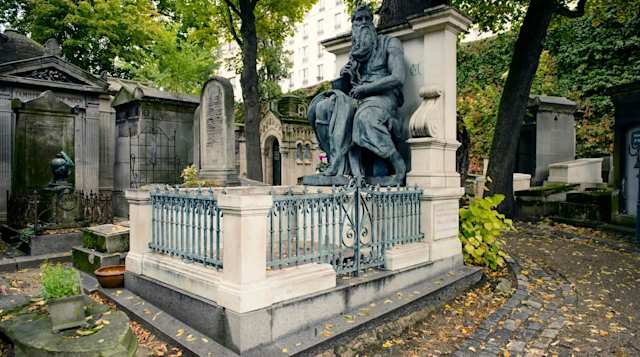
Known as the third largest "necropolis" in Paris, Montmartre was opened in 1825, one year after Montparnasse. The site was built over a former gypsum quarry that had been used as a mass grave during the French Revolution at the end of the 18th century.
An unusual feature that sets this cemetery apart: it is full of wandering cats. The cats live in a large colony mostly near the larger mausoleums. It's a mystery as to where the cats came from or why they remain there, but they are a fixture and the visitors are mostly charmed by them.
As with the other large cemeteries in Paris, many famous people are buried there, many of them famous for their contributions to the arts. Artists buried there include painter Edgar Degas, composer Léo Delibes, French New Wave filmmaker François Truffaut, Symbolist painter Gustave Moreau, screenwriter and film director Henri-Georges Clouzot, filmmaker and critic Jacques Rivette, composer Lili Boulanger, and Russian ballet dancer Vaslav Nijinsky.





